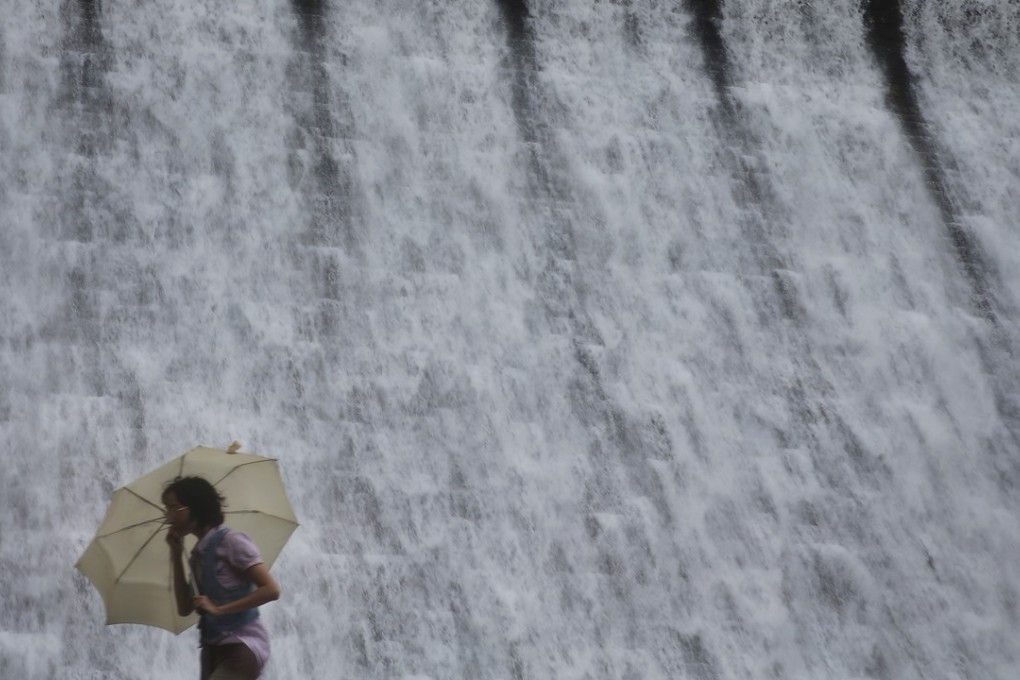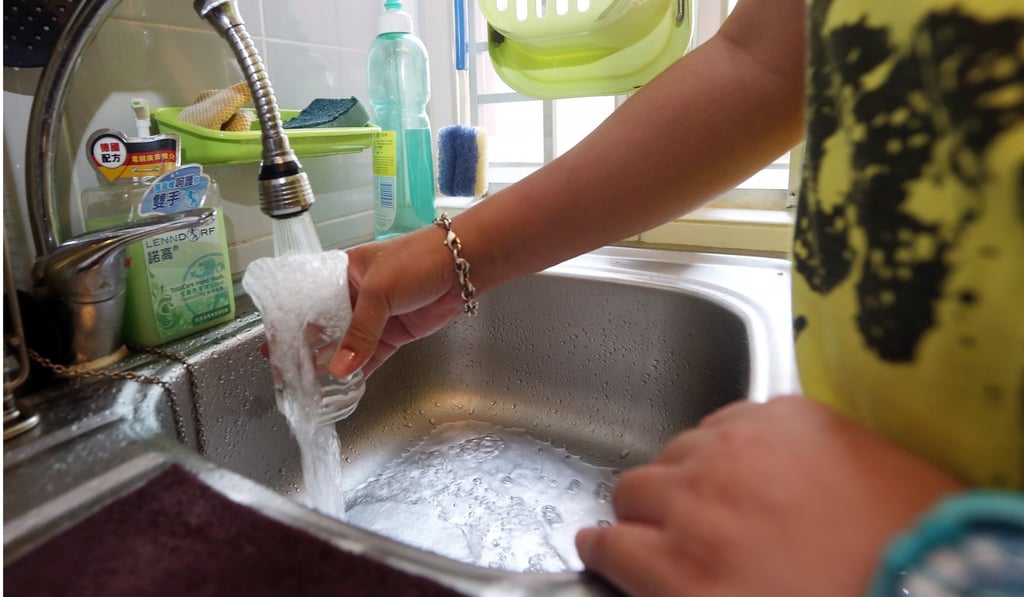Hong Kong needs a sense of urgency to tackle water scarcity
Sam Inglis says the easy supply of water from the mainland and low water tariffs have lulled Hongkongers into a false sense of security, unaware of the mounting pressure on water supplies in many parts of the world, including the Pearl River Delta

Although neither Hong Kong nor neighbouring cities in the Pearl River Delta feel exposed to the water deficit experienced by much of mainland China, we should not be complacent. In China, two-thirds of cities face water shortages and an estimated 140 million citizens are affected by contaminated water supplies.
Emphasising this, a recent ADM Capital Foundation and Civic Exchange report, The Illusion of Plenty , illustrates the mounting pressure on water supplies in the Pearl River Delta as a consequence of disrupted climate, pollution from aggressive industrial expansion and growing populations. An estimated 39 per cent of water within the delta was considered “unsafe for human contact” in 2015, according to Guangdong’s hydrology bureau.
Hong Kong pours out 5.5 billion bathtubs of water a year and it ‘needs a plan to reduce waste’
Yet, there has been little progress in reducing local demand or diversifying Hong Kong’s water sources, which has no groundwater stores and relies heavily on rainwater. Since the 1960s, the city has depended on Guangdong’s Dongjiang, or East River, for up to 80 per cent of its fresh water. The rest of what we use comes from 17 local reservoirs.

Our Water Supplies Department has done a good job sheltering us from having to confront the fact that we are more water scarce than parts of the Middle East and Africa. The reality is that for half a century now, the water we harvest from rainfall has been insufficient to satisfy local demand. In a good year, it can provide around 84 litres of fresh water per person. However, our demand is more than 2½ times that volume. The average Hongkonger consumes as much as 224 litres of water per day, according to the Water Supplies Department. This is more than double the volume used by the average Shanghai resident. Tariff reform could be one effective means to encourage conservation. Currently, every household in Hong Kong is provided with 12,000 litres of fresh water for free every four months, and none of the four pricing tiers comes close to covering the full production cost of the water supply – HK$15.70 per unit of fresh water in 2016. This underpricing of water must end, but in a manner which protects the poorest members of society.
Hong Kong’s water bills should be raised to cope with city’s serious water shortage, think tank claims
Besides tariff reform, Hong Kong must also try to reduce wastage by controlling leaks in the water system itself. In 2015, even before Hong Kong residents received their allotments, a third of our fresh water was lost. That meant 321 million cubic metres of water disappeared between the reservoirs and users’ taps.